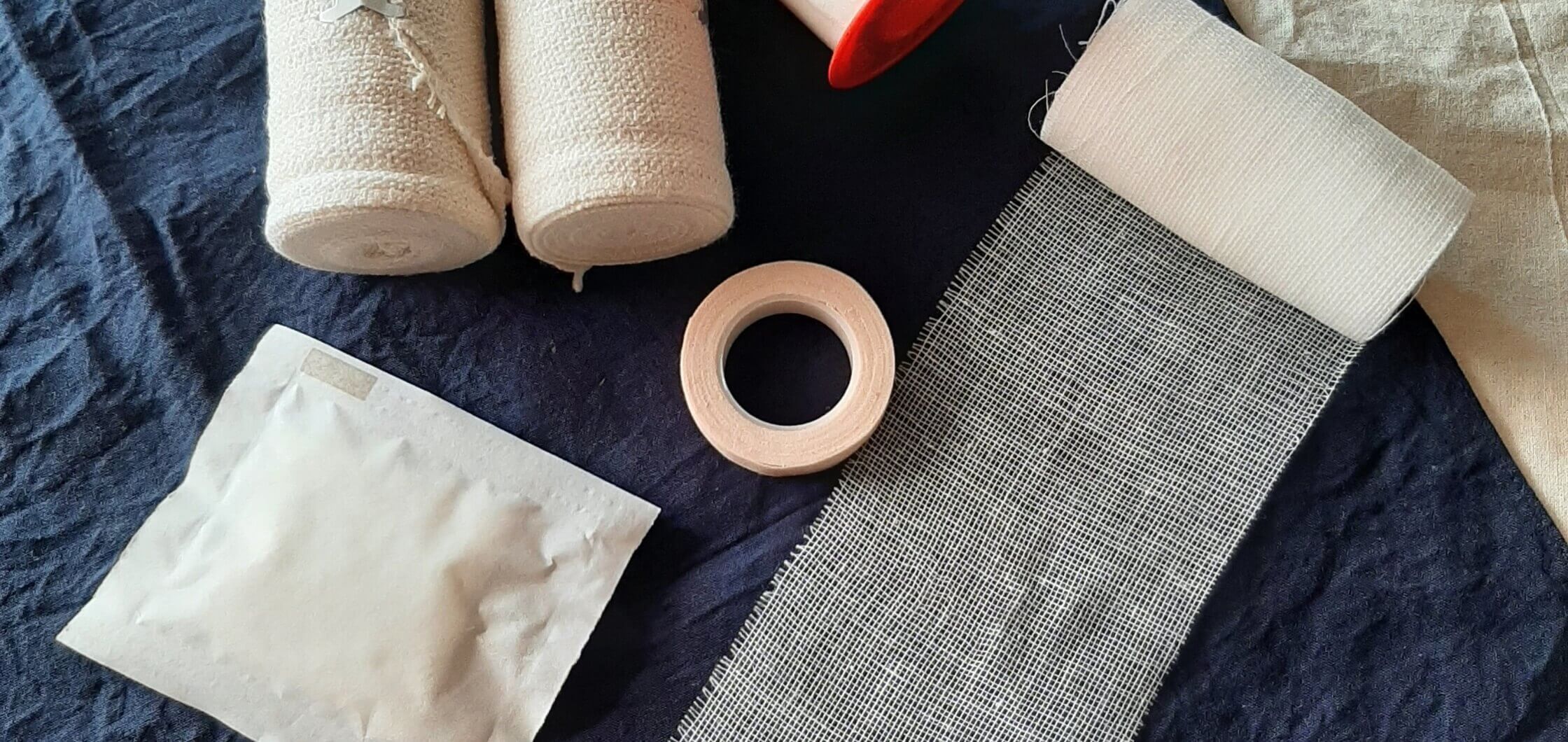Knowing the early wound infection symptoms can prevent serious complications and support faster healing.
When you’re caring for a wound-whether it’s a minor scrape or a complex surgical incision, it’s important to understand what’s normal and what’s not. While some redness and tenderness is expected in the early healing stages, wound infection symptoms can develop quickly and lead to serious problems if not addressed. Learning to recognize these warning signs early helps patients and caregivers know when it’s time to get professional wound care.
Redness and Swelling That Spreads
A little redness around the wound is common at first, but it should gradually fade. If the redness becomes darker, starts spreading outward, or is accompanied by swelling and warmth, these are red flags. Infection triggers an inflammatory response, and when it’s getting worse rather than better, the body is telling you something’s wrong.
If the surrounding skin feels hot to the touch or looks inflamed beyond the immediate wound edges, it’s time to get the site evaluated.
Discharge, Odor, or Changes in Appearance
Drainage is a normal part of wound healing-but not all drainage is healthy. Be on the lookout for:
- Yellow, green, or cloudy discharge
- Thick or foul-smelling fluid
- An increase in drainage after it had started decreasing
- A wound that looks darker, mushy, or has new dead tissue forming
These signs often point to bacterial overgrowth or delayed healing. Wound infection symptoms like these should always be taken seriously, even if the patient isn’t experiencing pain.
Increased Pain or Tenderness
Wounds can be sore in the beginning, but the pain should ease over time. If pain suddenly increases, becomes sharp, or returns after a period of improvement, infection may be present. Some patients-especially those with diabetes or nerve damage-may not feel pain even when infection is worsening, so it’s important to also assess visually. Always trust your gut: if the wound looks worse and the patient feels worse, don’t wait to take action.
Fever or General Illness
Systemic symptoms-like fever, chills, fatigue, or confusion-can signal that a local infection is spreading. In severe cases, this may progress to cellulitis or even sepsis, which requires immediate medical care. Older adults may not spike a high fever, but any sudden change in behavior, mental status, or energy level should prompt evaluation. At this stage, the issue is no longer just the wound-it’s the body’s whole response.
When to Call for Help
If you notice any of the above signs, it’s important to seek professional wound care quickly. Early intervention can prevent complications, reduce the need for hospitalization, and get the healing process back on track. Our mobile wound care team brings expert evaluation and treatment directly to your home or care facility-ensuring you get the help you need without delay.
Concerned about a wound that might be infected? Contact us today to schedule an in-home wound assessment. Our compassionate team is here to help!





